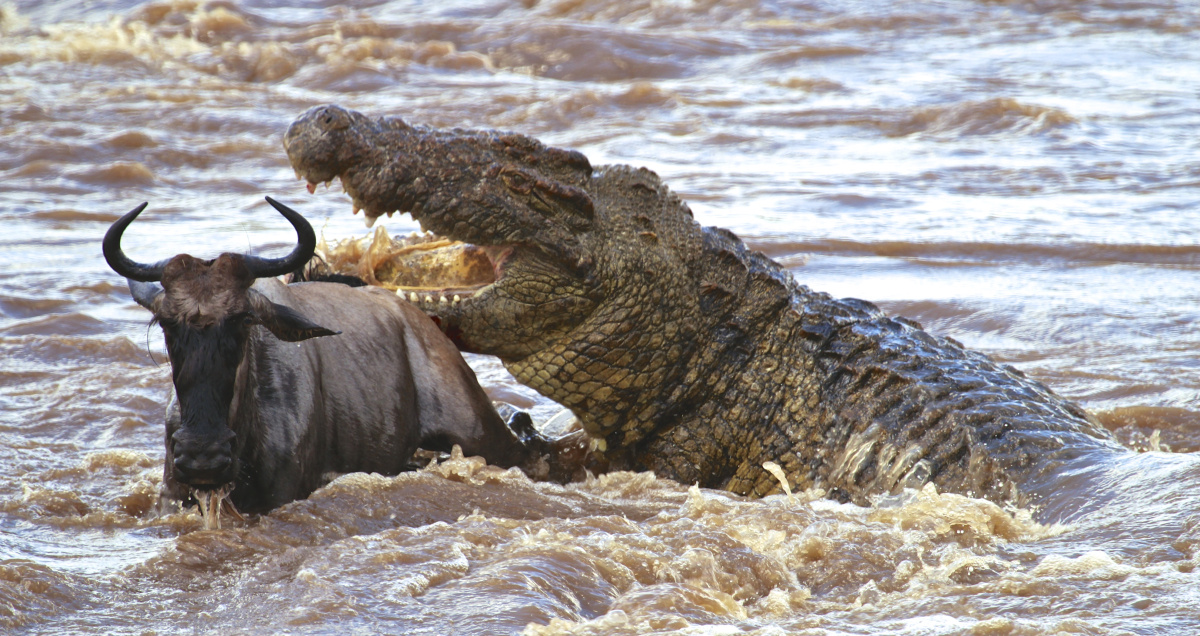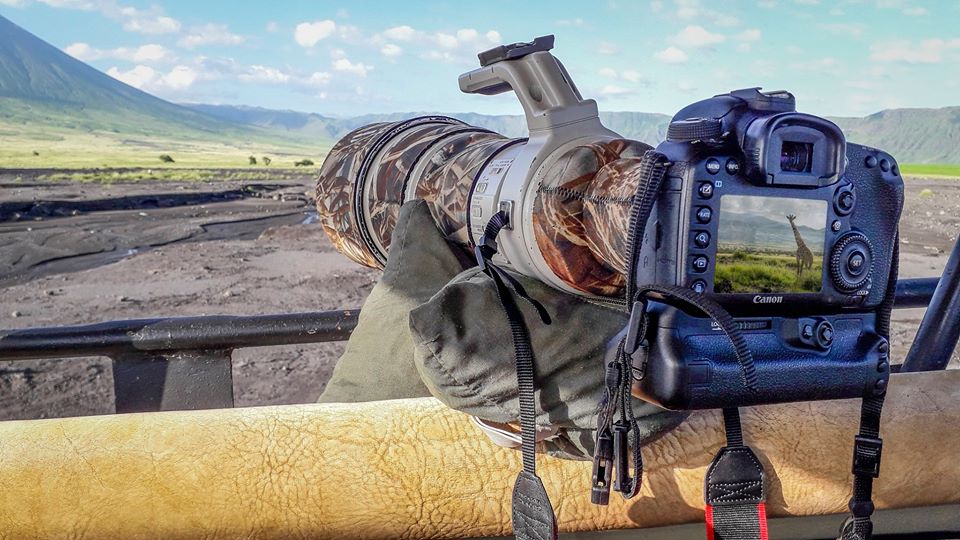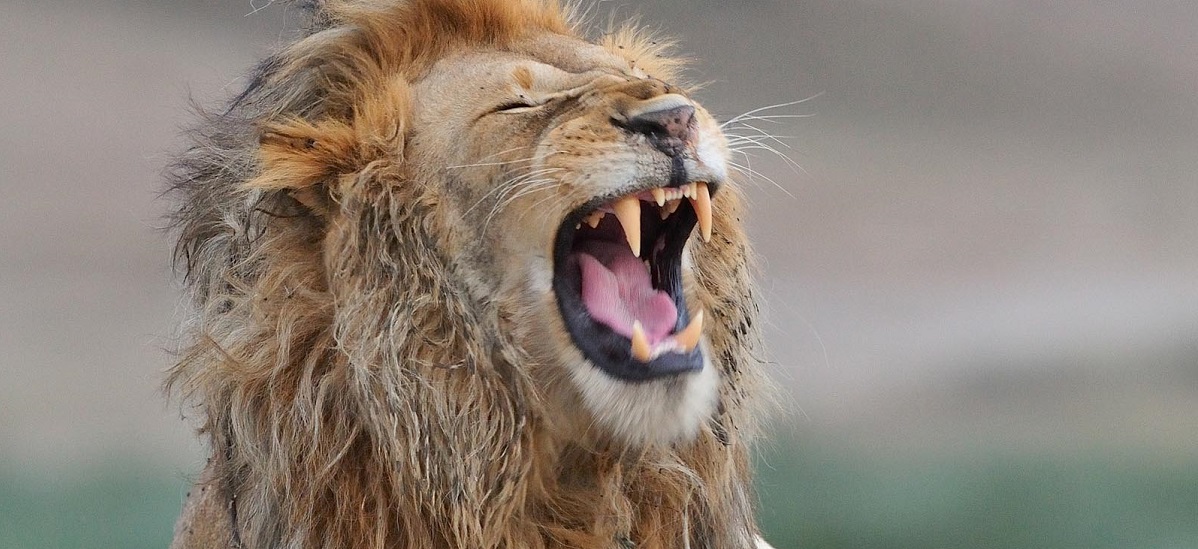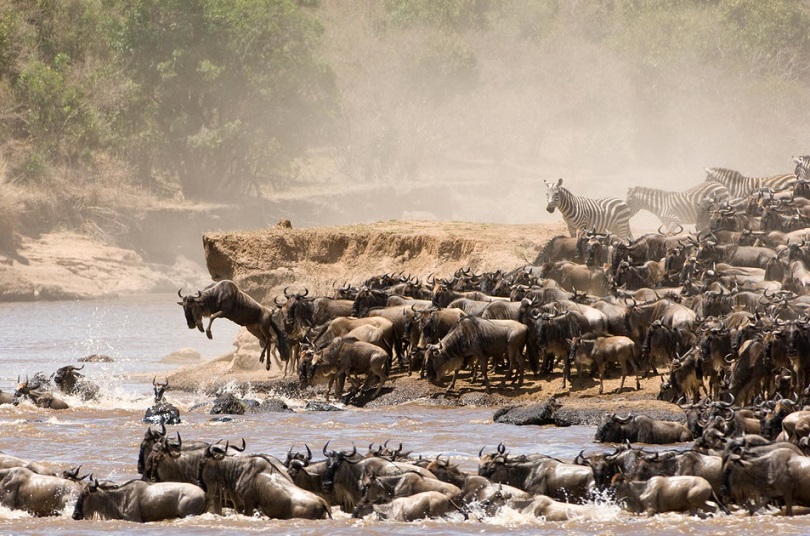What is the price for safari in Tanzania?
The question most people ask us is the affordability of price for a safari in Tanzania. Here we will set out to help you make some informed decision. The price of a safari depends on a number of factors, such as the time of year, your choice of accommodation, whether you are on a private or group safari, and any flights included in your itinerary.
With this in mind, you may think that it is a little bit like asking “what is the price for a safari in Tanzania”; but we can certainly give you some ball-park figures and guidelines so that you can get an idea of how much to budget for your trip.
Put simply, safari prices can start from as little as $350 per person per night, right through the range to in excess of $1500 per night for some of the exclusive luxury camps.
Read on to see how you can set a realistic budget for your Tanzania safari dream.
Going on a safari will be a trip of a lifetime, and for most people, it will be the biggest outlay for any single trip, so it makes sense to have an idea of how much it is expected to cost before you start planning.
All our safaris are tailored to suit you, your budget, your interests, the time you have available, and any extra requirements (such as walking safaris, night drives, village visits etc, all of which will add on to the price). Below, however, is a guide to the sort of price ranges you can expect.
Prices are per person, per day. These figures include transport, guiding, game park fees, accommodation, all meals, tea and coffee. Although, we sometimes even drinks (we supply drinking water in our vehicle, and many camps offer complimentary soft drinks, wine, spirits, and beer as part of their packages); but it excludes international flights.
Cost for Tanzania safari
| Time of year | Group/Private Safari | Private safari | Luxury Safari |
| Green Season: April – 31st May Nov – 20th Dec | $200-475 | $400-700 | $400-850 |
| Shoulder Season: 21st Dec – 31st March & June, October | $260-525 | $550-800 | $850-1100 |
| Peak Season July – Sept | $300-750 | $625-950 | $1000-1500 |
Time of Year
When it comes to which season to choose, it is worth noting that many of the high-end camps are closed during the Green Season (also known as the Rainy Season). Most accommodations in Selous and Ruaha (Southern Tanzania) are closed during this time.
Many people regard seeing the wildebeest migration as a major highlight of their safari. The good news is that the migration spends 80% of the time in Tanzania, so you are able to see it in different parts of the country during most of the year.
Seeing the famed crossing at Mara River (near the border with Kenya) is an awesome experience, but not one that we would necessarily recommend for someone on their first-time safari, as a lot of time is spent sitting around waiting for the action.
Wildebeest are fickle creatures, and crossings are far from guaranteed.
Seeing a river crossing is a waiting game. You require lots of patience, a huge amount of luck and a good guide.
Even if you don’t go all the way to the north to see the animals cross the Mara River, being in the midst of several hundred thousand wildebeest is an experience you are unlikely to forget in a hurry.
The main tourist season – and also the most expensive – is July to September. This being the Dry Season, animals will congregate near water sources, thus they are easier to spot. It is also the busiest time of year, and parks can be crowded in places. Our guides know many of the lesser-known locations, however, and can take you to places where there are fewer tourists.
In the Green Season, everything looks green and verdant as you’d expect, with many areas covered in a blanket of flowers. Flowers in turn attract birds, in great numbers. Even if you are not an avid bird watcher, you cannot fail to be impressed by some of the colourful species present at this time. The taller grasses can make it less easy to spot the animals. But when you do, they mostly stand out better against a green background rather than the dry brown. This could be a major consideration for photographers in particular.
During the Green Season, it is obviously very likely to rain, although showers usually limit the game drive to several hours or so each day. Bear in mind that, getting around may become a little more tricky as the tracks can turn to mud, effectively cutting off certain parts of the parks.
Accommodation
At Calabash we are of the opinion that unless you intend to spend a great deal of time at the camp rather than being out and about game watching during your safari, the very top of the range accommodation is probably not worth the extra cost for a Tanzania safari. And let’s be fair, why would you not want to maximise your time in the bush by watching the animals rather than relax in the camp? If you crave some luxury, it makes sense to feature in some time after your safari on Zanzibar or Pemba instead.
Should you wish to include Western Tanzania in your itinerary, be prepared to pay for the privilege. It’s may not be cheap, but trekking to see the chimpanzees is one of the most exciting safari experiences in East Africa.
Style of safari
Most safaris fall into one of three main categories, although each category we divide further according to the type of accommodation one uses and the time of year you travel.
- Group land safari.
This is ideal for people travelling solo, or those on a tight budget. Basic camping would be the cheapest option; although many set trips use lower-end lodges. On these safaris, you would travel overland with other people or a pre-arranged itinerary. - Private land safari: A safari designed especially for you and your party, travelling overland between the start point and each camp. You can tailor the itinerary to your specification.
- Flying safari: For this style of safari, we use flights between one or more camps, which is particularly useful if you would like to visit the far north of Serengeti for the wildebeest crossing for instance. Flying saves time but adds Cost for Tanzania safari.
How can I keep the cost down?
There are several ways of doing this. Looking at mid-range or lower end accommodation, not booking any flights, and spending longer in each place rather than rushing from camp to camp, can all save you money (some camps offer long stay discounts). Travelling with friends means that the cost of a private safari is shared between more people, so the price of a safari per person goes down. Joining a scheduled group tour will cut costs, as can travelling in the Green Season or Shoulder Season. Booking your safari early may reduce the price of a safari since there are many discounts on early bookings.
Referring to the cost guidelines above, let us know an approximate budget for your safari, and we’ll work out an itinerary within your price of a safari range. Knowing how much you want to spend will give us the opportunity to select suitable accommodation and find any special offers the camps may have.
What else might I want to budget for?
In addition to staying in more upmarket camps, there are a number of activities that can be added to the basic package for the full ‘African Experience’. Add-ons include walking safaris, hot air balloon safaris over Serengeti, visits to a Maasai village, cultural exchanges with bushmen, coffee plantation tours, night drives to mention a few. All safaris can be extended with a few days relaxing on the beach, a couple of days in Nairobi for the Giraffe Centre and David Sheldrick Elephant Orphanage, or trekking with the chimpanzees amongst other experiences. All this add Cost for Tanzania safari
If you would like to discuss the various options, get in touch with us and we’ll give you a detailed no-obligation quote.













